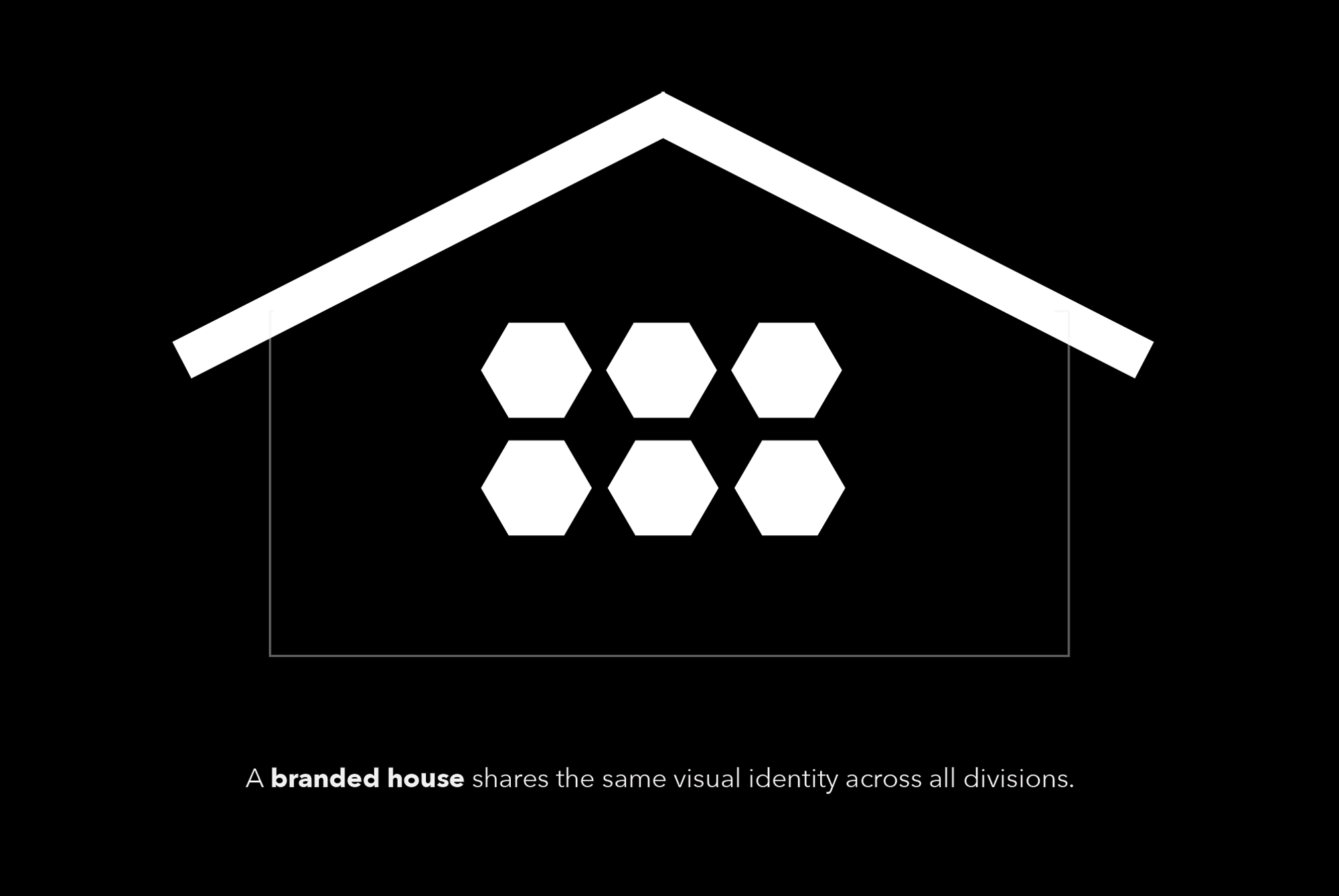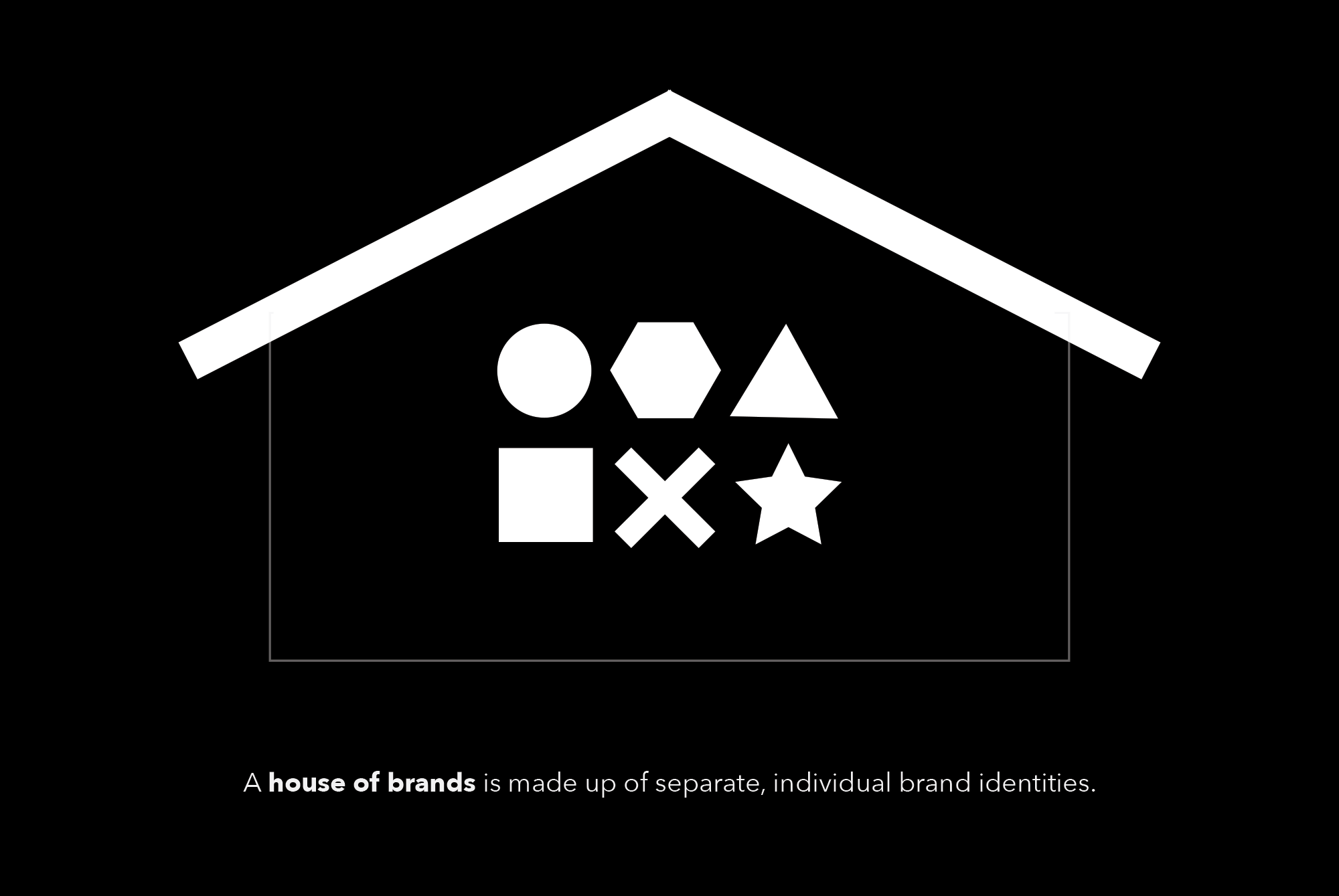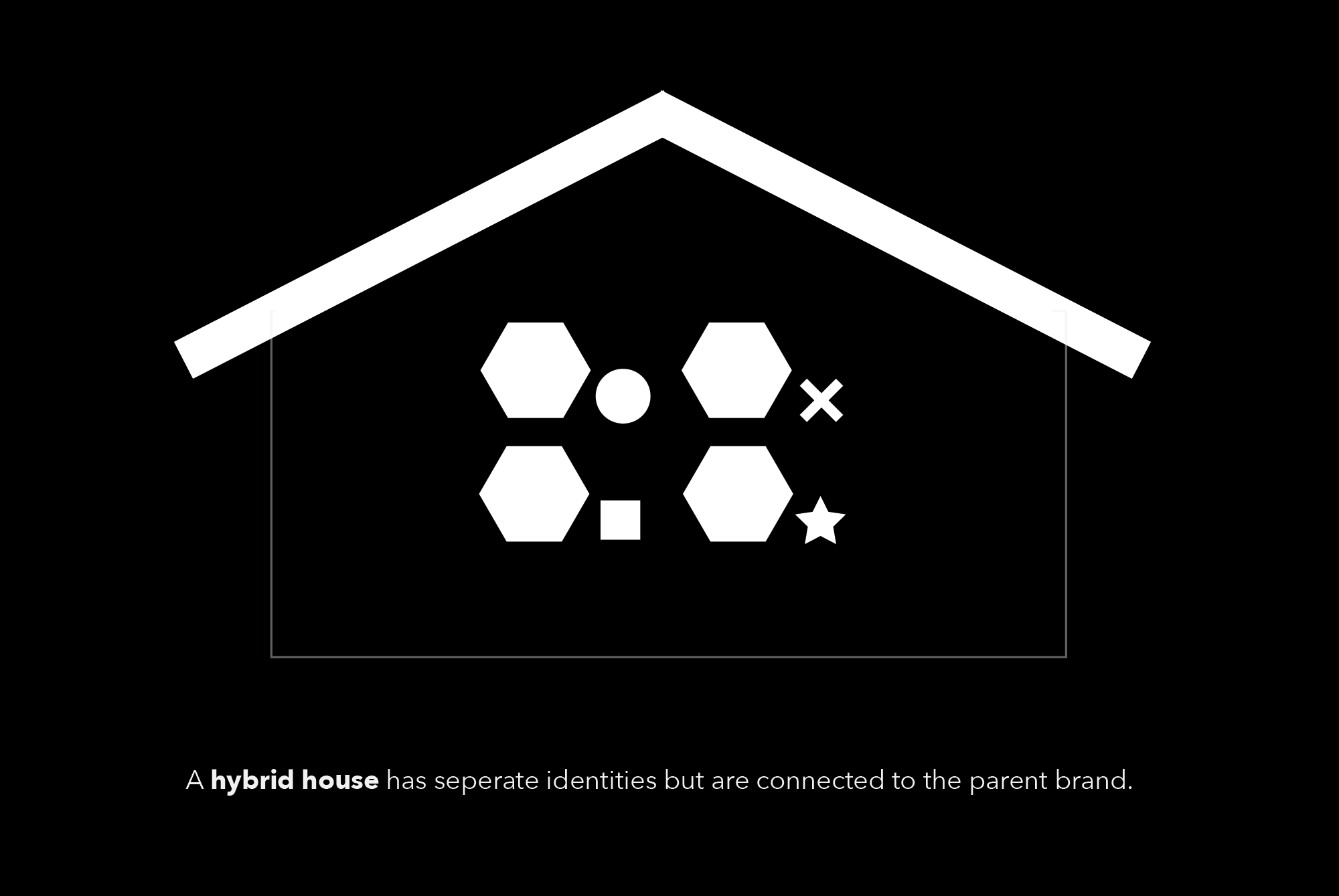Branding topics
Building Brand Architecture
Brand architecture is how a company with multiple products, services or brands is structured—how they relate to each other and are presented to the customer. A healthy brand architecture creates clear distinctions among a company’s various parts and works to support and strengthen the entire brand.
Most brand architecture falls into one of three categories.
The Branded House
In a branded house, each segment of a company is directly related to the others and the parent brand. FedEx is a great example. FedEx Ground, FedEx Freight and FedEx Office all carry the parent brand name while doing very different things.
A branded house structure allows every part of a company to benefit from the trust customers have in one brand because the products, services and sub-brands are easily connected in the minds of consumers. The challenge is, if the company offers products and services that are drastically different from one another, the branded house structure can cause confusion for customers seeing diverse brands under the same name.

The House of Brands
A similar name, but a different concept. In a house of brands, the segments of a company are separated from each other and the parent brand. The consumer may never know or hear about the top-level brand, even though they interact with various sub-brands regularly. Most people are familiar with brands like Breyer’s, Dove, Axe or Hellman’s, and don’t realize they’re buying products from parent company Unilever—but Unilever benefits from the success of them all.
Another benefit: a house of brands gives companies maximum flexibility when expanding or acquiring other companies. Instead of having to rebrand every acquisition to fit the overall identity, the new brand is added to the house and exists as its own unique brand. But this can have a downside, too. Customers learn to love and trust each segment individually instead of the company as a whole—customer loyalty doesn’t transfer across brands in the house because they aren’t directly connected to each other or the parent company.

Hybrid or Endorsed Brand
In an endorsed brand, segments of a company are separate from the others but connected to the parent company. Take Nabisco—unlike a branded house, Nabisco’s various products aren’t branded as Nabisco Oreo or Nabisco Nutter Butter. Each have unique branding but wear Nabisco’s logo as a stamp of approval.
The endorsed brand structure allows companies to individualize the marketing strategy for every sub-brand while still taking advantage of the parent company’s authority. It works best if customers recognize the brand and value the endorsement.

Putting Brand Architecture to Work
A clear brand architecture can help you communicate your story to both your customers and your team. Understanding how your company relates to all of its parts will help you focus your marketing on the perfect customers for each product, service or sub-brand. Sometimes you’ll use the strength of your entire brand to show how each section works together for your customers’ benefit, while other situations will call for separating your brand segments to avoid confusing your customers and eroding their perception of your brand.
Atomicdust builds strategic brand architecture
Atomicdust often helps companies with brand architecture when they’re going through mergers, acquisitions, or periods of big growth, or they need help with brand positioning.
We collaborate closely with our clients to establish a clear and healthy brand architecture.
Through our branding program, we learn the ins and outs of your current brand structure, we’ll figure out which structure works best for your company and create a plan to build a lean and organized architecture that will support your company as it evolves.
We would love to do it for you.

More branding topics
Explore more branding topics below – and if you’d like to talk about how Atomicdust can build an iconic brand for your business, visit our branding services.
Let’s talk branding.
(It’s pretty much all we talk about anyway.)

Question about branding? Want to discuss a project?
Fill out the form below, call us at (314) 241-2866, or click here to email Senior Account Manager Erika Cruse.
